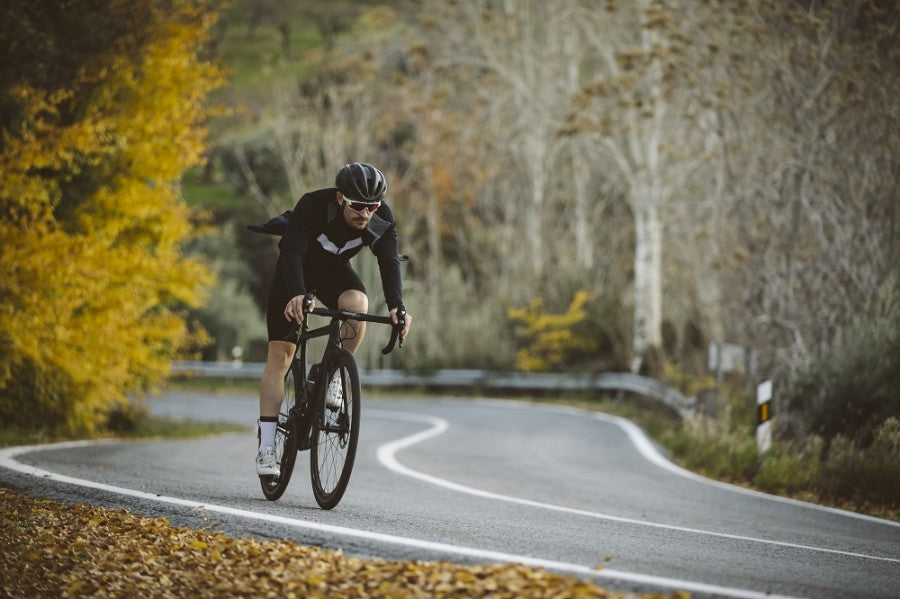
Boost your fitness on the bike with this basic training
As a cyclist, it's important to know that your leg muscles aren't the only important part of cycling fitness. Cycling activates your glutes, back, shoulder, arm and neck muscles. That is why it is important to focus on a full body workout. Good basic training is important if you want to improve your cycling condition and performance. Get yourself ready for the next cycling season and get those wheels moving!
You don't get the condition of a Tour de France rider from one day to the next. :-) The secret of the best cyclists lies in tens of thousands of kilometers of vigorous aerobic riding. You'll save yourself a lot of torment if you learn to enjoy the process of slow, steady improvement.
Strength training is part of your cycling condition
If you want to improve your cycling fitness, the first thing that probably comes to mind is training your legs. Legs are indeed an important part, but remember that you are doing more than enough leg training while you are actually cycling. In preparation, it is therefore better to focus on total body training. Try to spend only a quarter of your training time on leg strength and focus on your other muscles the rest of the time.
Flexibility is important to stay healthy on and off the bike
If you really want to be fit for cycling season, make sure you mix flexibility training into your fitness routine. Before every ride, take at least 10 minutes to stretch properly to actively support your recovery. The video below shows an extensive stretch routine before cycling.
Train your coordination skills
Training coordination skills not only benefits your cycling fitness, but also your general well-being and injury prevention. They ensure that you can safely master most difficult situations. Go for exercises that improve your balance and stability. You can do this at the gym or at home. It is important to do this consistently. So that you get a little better over time.
Tip: Coordination training should always be done before strength or endurance training, and after a warm-up. You can only train your coordination well if your muscles are not yet exhausted.
Endurance training is the most important factor for top fitness
Don't underestimate the importance of endurance training as you prepare for cycling season. Make sure you don't overdo it in the beginning - no high-intensity training with unknown levels of muscle strain. But a quiet build-up that suits your level. Gradually increase the intensity and volume of your workout over time to see a slow but steady improvement. Don't forget to take enough rest to recover.
This approach has two major advantages:
- The risk of injury is reduced because you do not overload your muscles.
- You are constantly improving, which keeps you motivated.
Tip for beginners: you are usually full of motivation at the start. Ready to hit the road, you start cycling under the motto "the more the merrier". Put the brakes on that mindset to prevent undue strain on your back and joints. Start a workout routine slowly, gradually increasing the intensity and frequency of your rides. Read this extensive blog about cycling training for beginners.
Training zones
What are these training zones? Zones are used to measure exercise intensity based on your maximum heart rate. Zone 1 is 60-70% of maximum heart rate. Zone 2 is 70-80%. Spend more than 80% of your total training time in zone 1 or zone 2. This will help you improve your performance.
How do you know if you are in zone 1 or 2?
Check your breathing:
- Zone 1: When you can breathe easily. For example, if you can only breathe through your nose for 5 minutes, you are training in zone 1.
- Zone 2: Despite a light to moderate effort, you can still have a conversation with a training partner.
Zone 1 Training Information
You can significantly improve the efficiency of your cardiovascular system (heart and vessels) by training in zone 1. This way you increase fat metabolism and accelerate muscle building. Many 'energy factories' are built up in the muscles, the so-called mitochondria. The processing of fuel into energy takes place in the mitochondria. This way you can significantly improve your performance.
Zone 2 Training Information
In zone 2 you work on your carbohydrate metabolism. Simply put, this means that your body can convert carbohydrates into energy more easily. During more intense workouts, your body will be better able to use carbohydrates from your glycogen stores as fuel. This means that you should definitely replenish those supplies after your workout.
How long should fitness training for beginners last?
Before your basic workout, remember to warm up for at least 10 minutes, then cool down for 10 minutes at a relaxed pace.
- Zone 1 : 60 minutes or more, but not more than 2 hours in the initial training phases.
- Zone 2 : 30-60 minutes. For slightly more experienced cyclists no more than 90 minutes.
So: improve your condition
If you want to start cycling more in the future, make sure you don't do too much at once. Base training is an important part of cycling fitness, as is strength training. Don't forget coordination skills and recovery. Even if you firmly believe that more is better when it comes to training, that is certainly not the case with cycling. Your muscles are being stimulated while you cycle, but the real improvement in your performance will only come when your muscles rest afterwards.
Would you like to read more about cycling training?
Sign up for the newsletter and receive useful information.


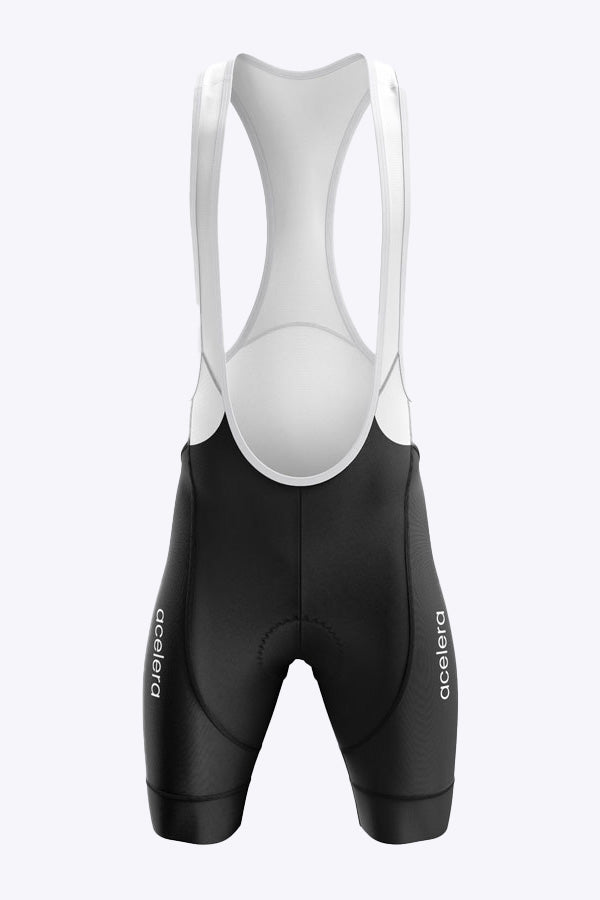

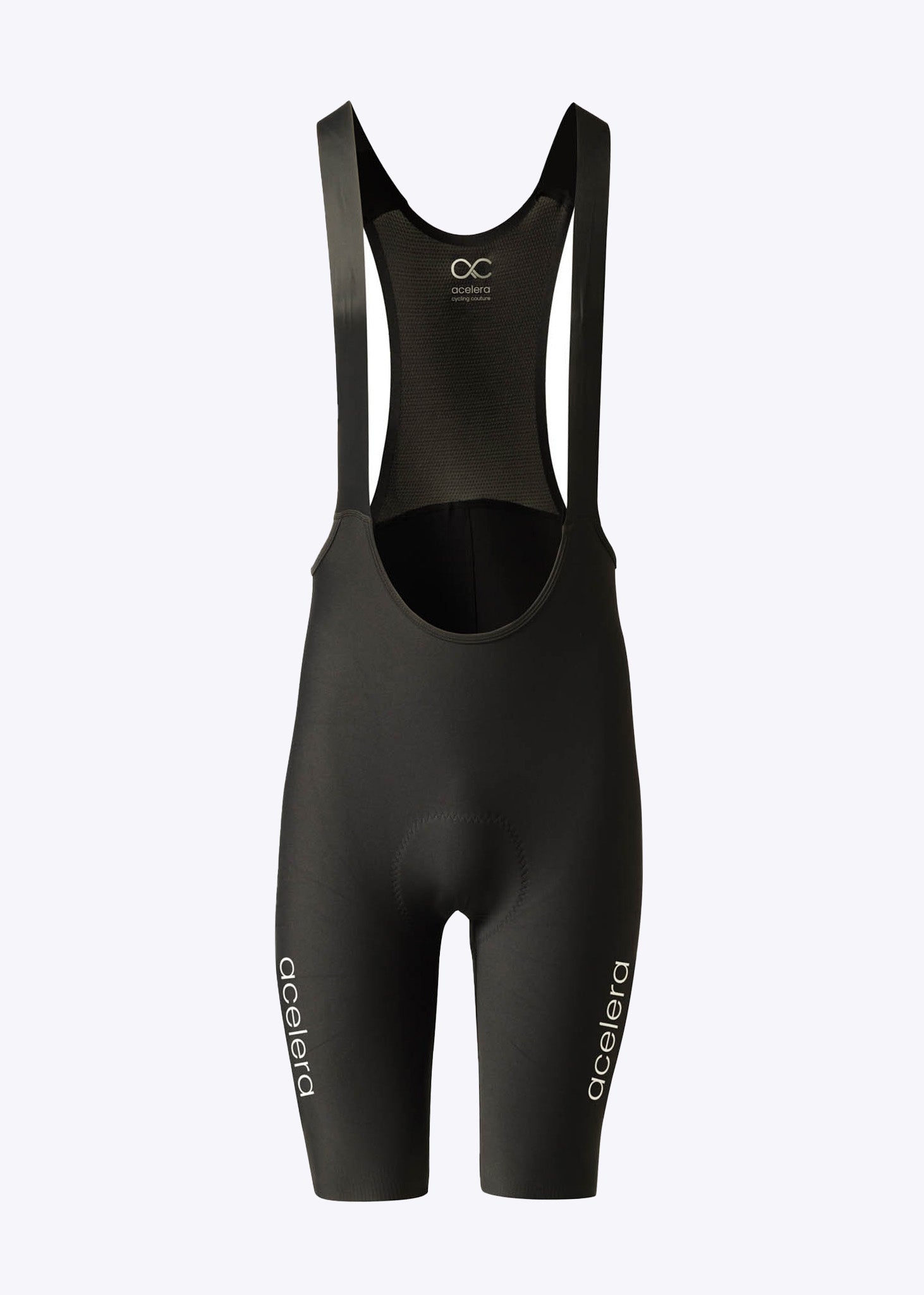
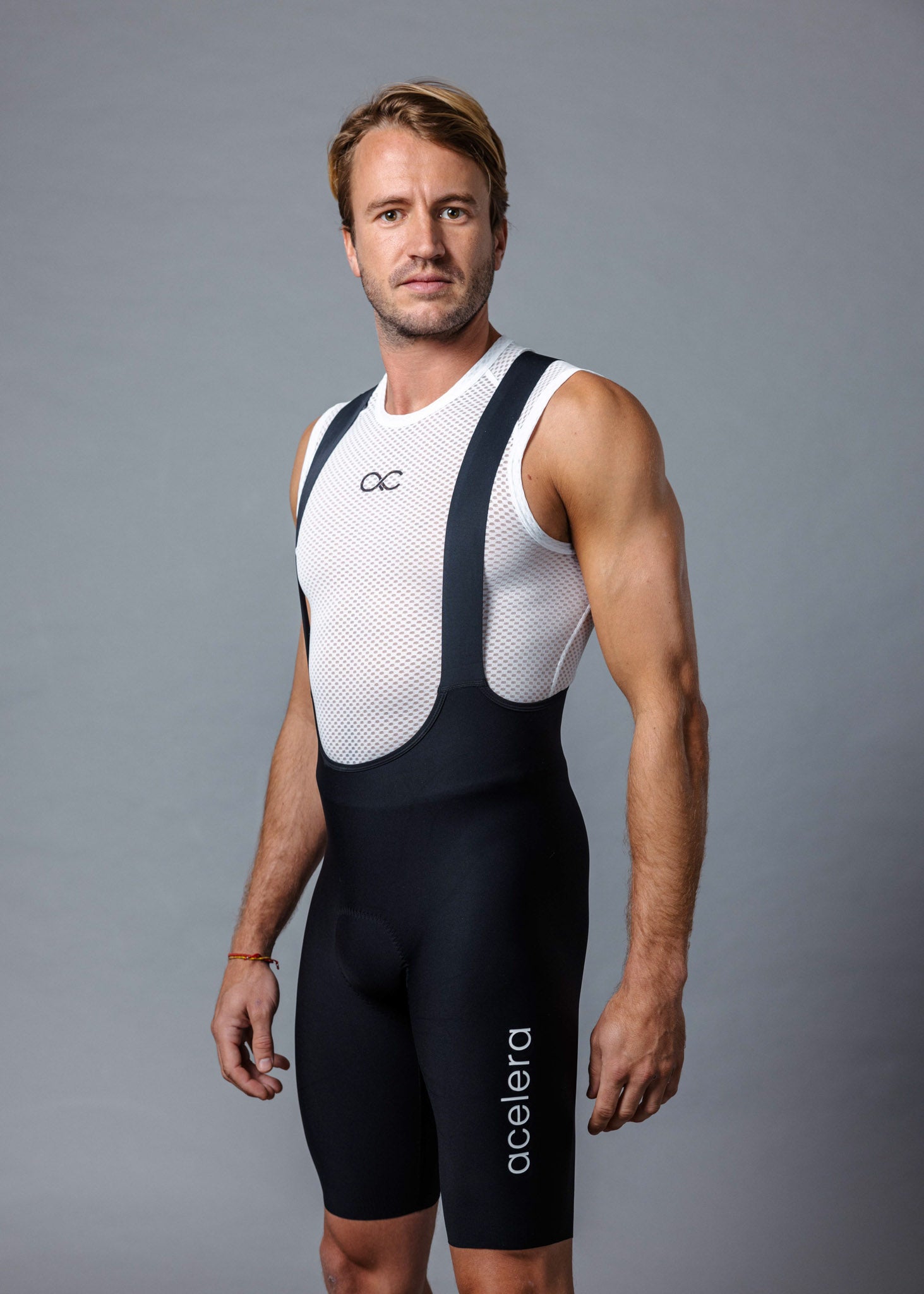
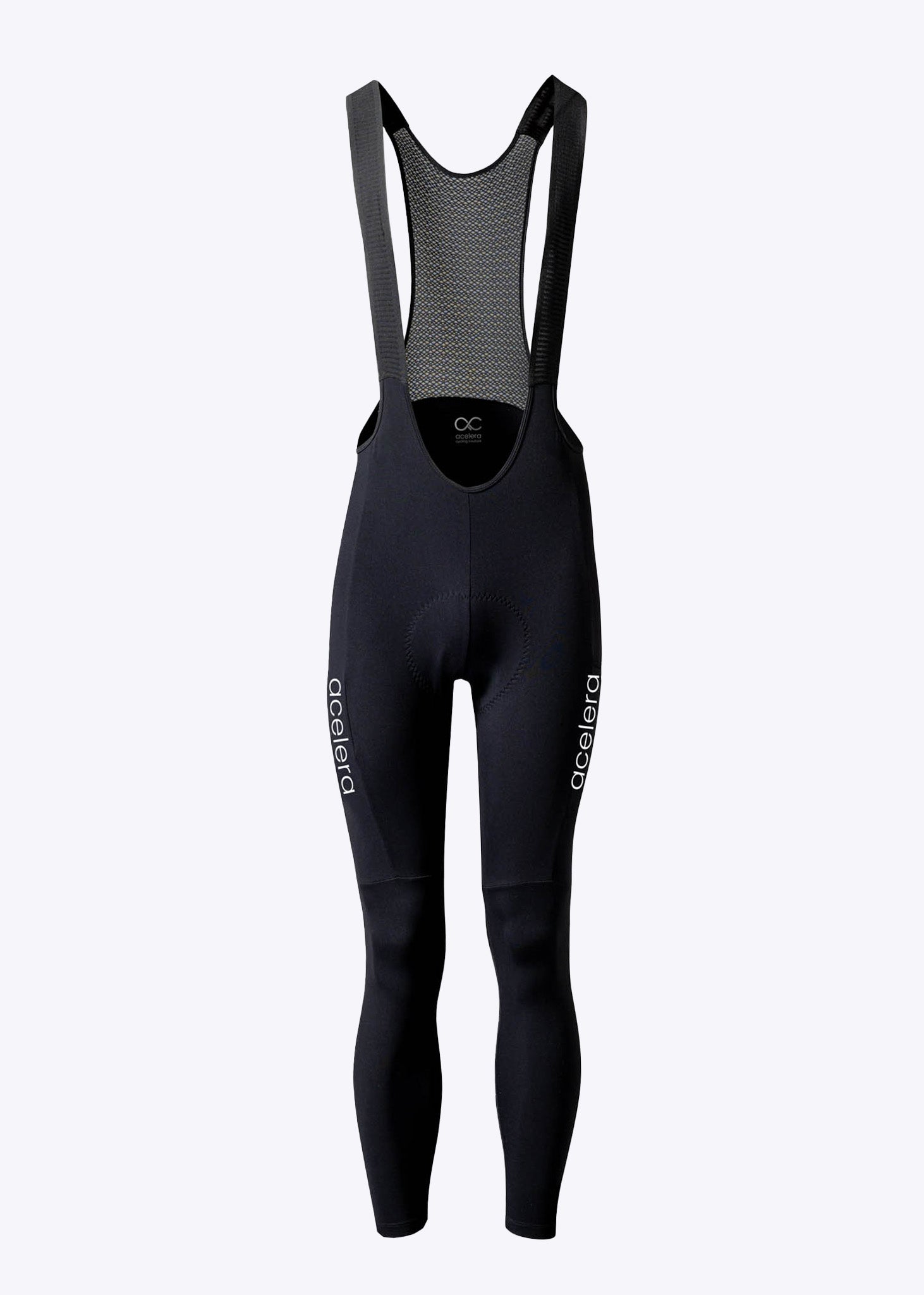
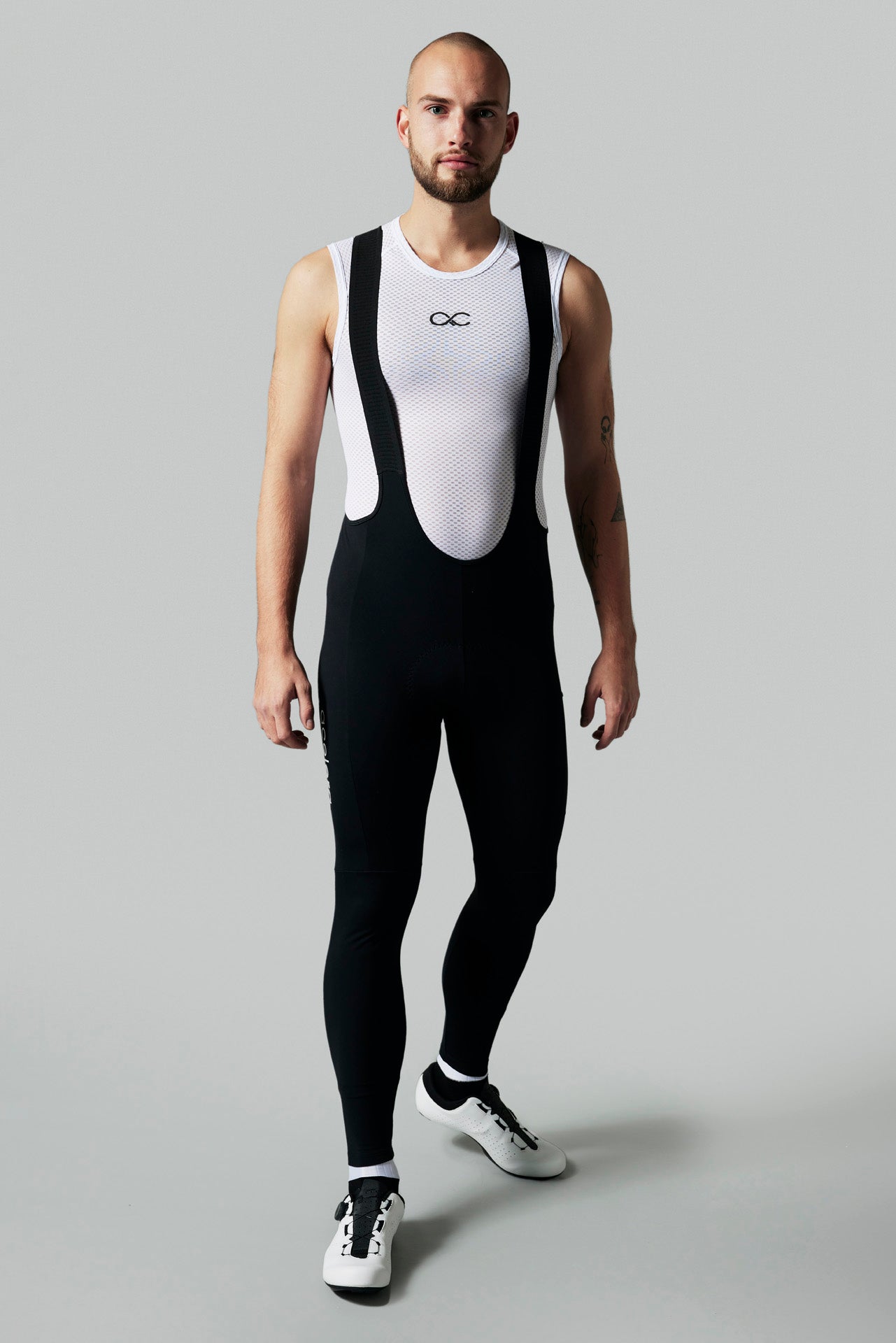
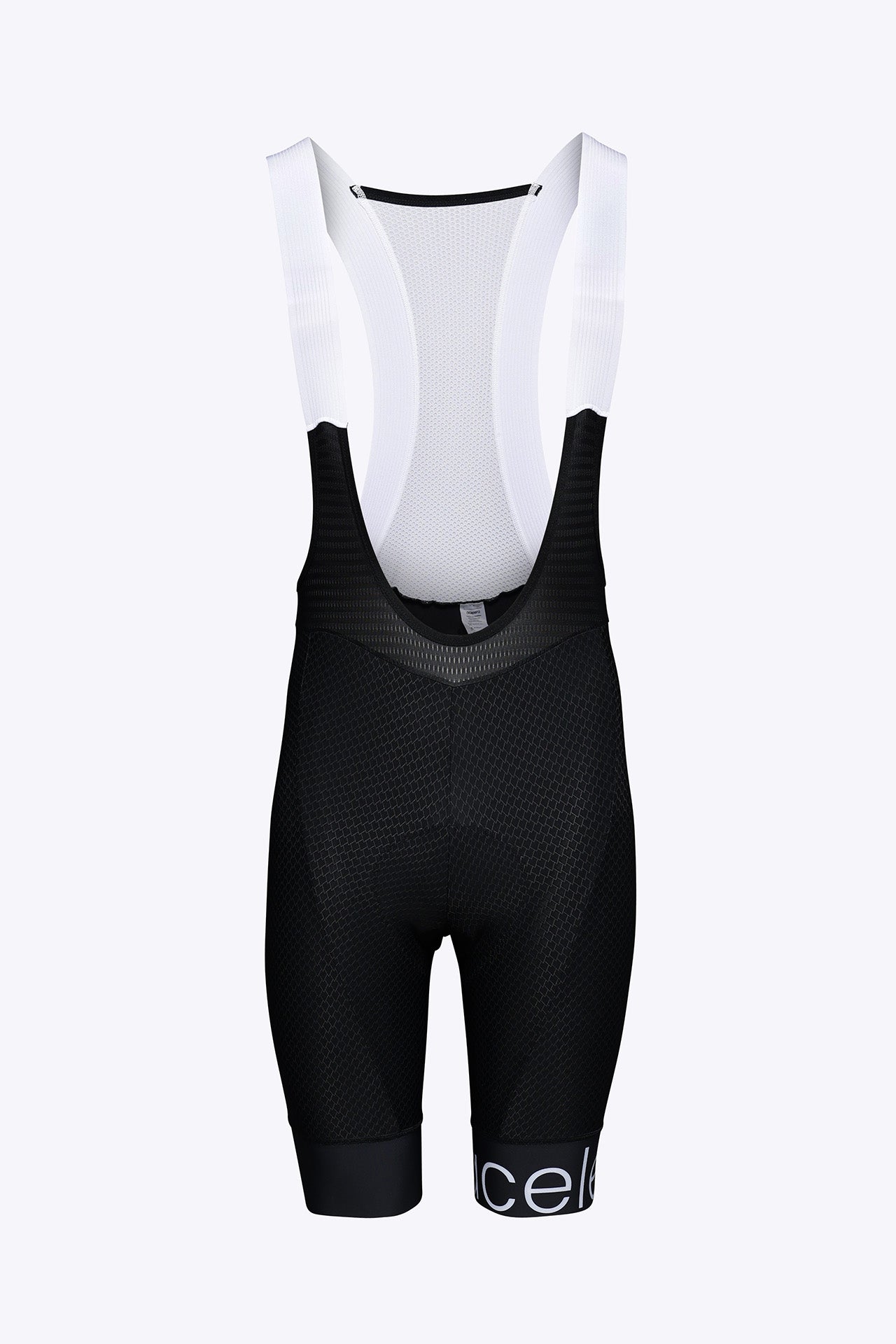
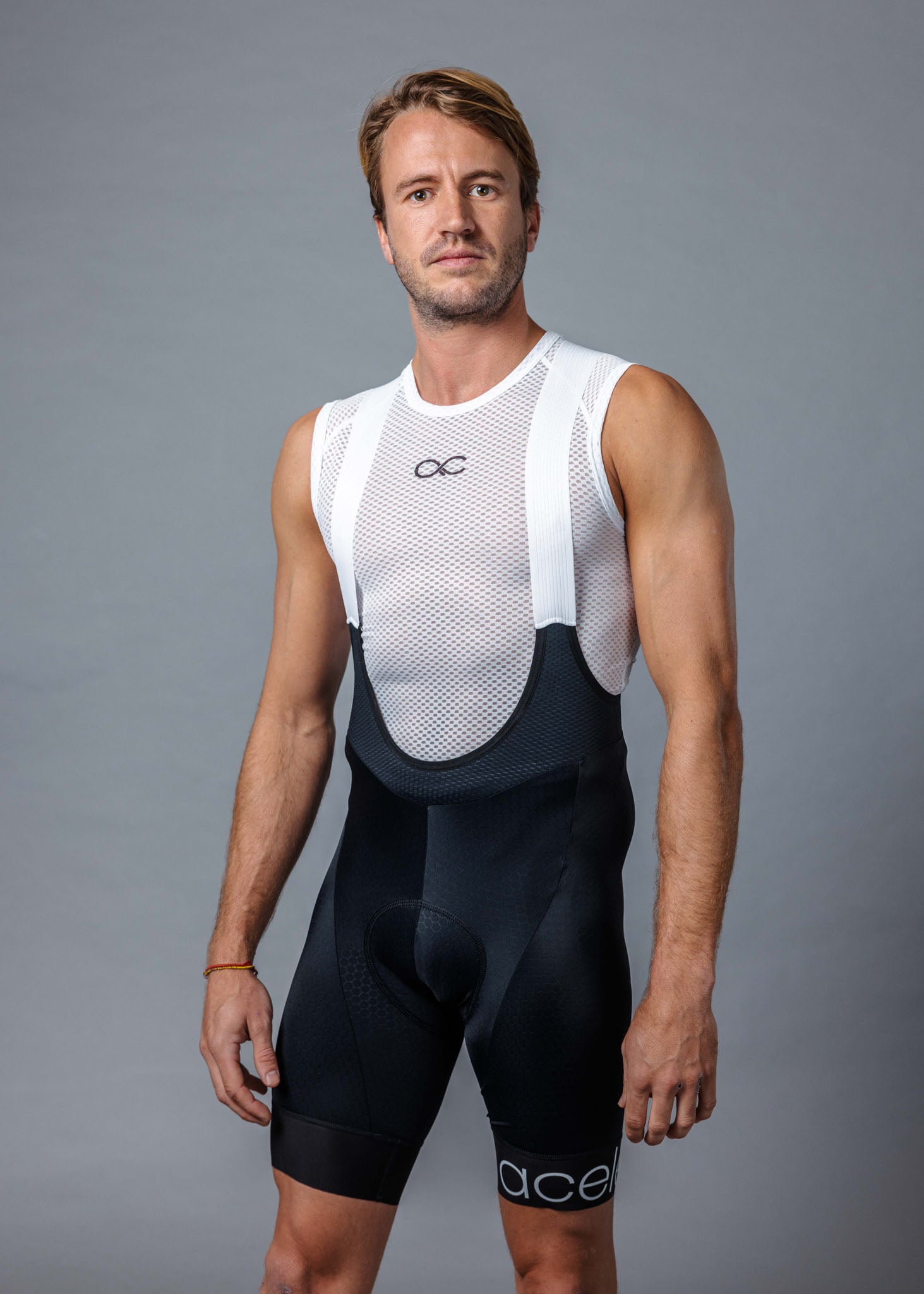
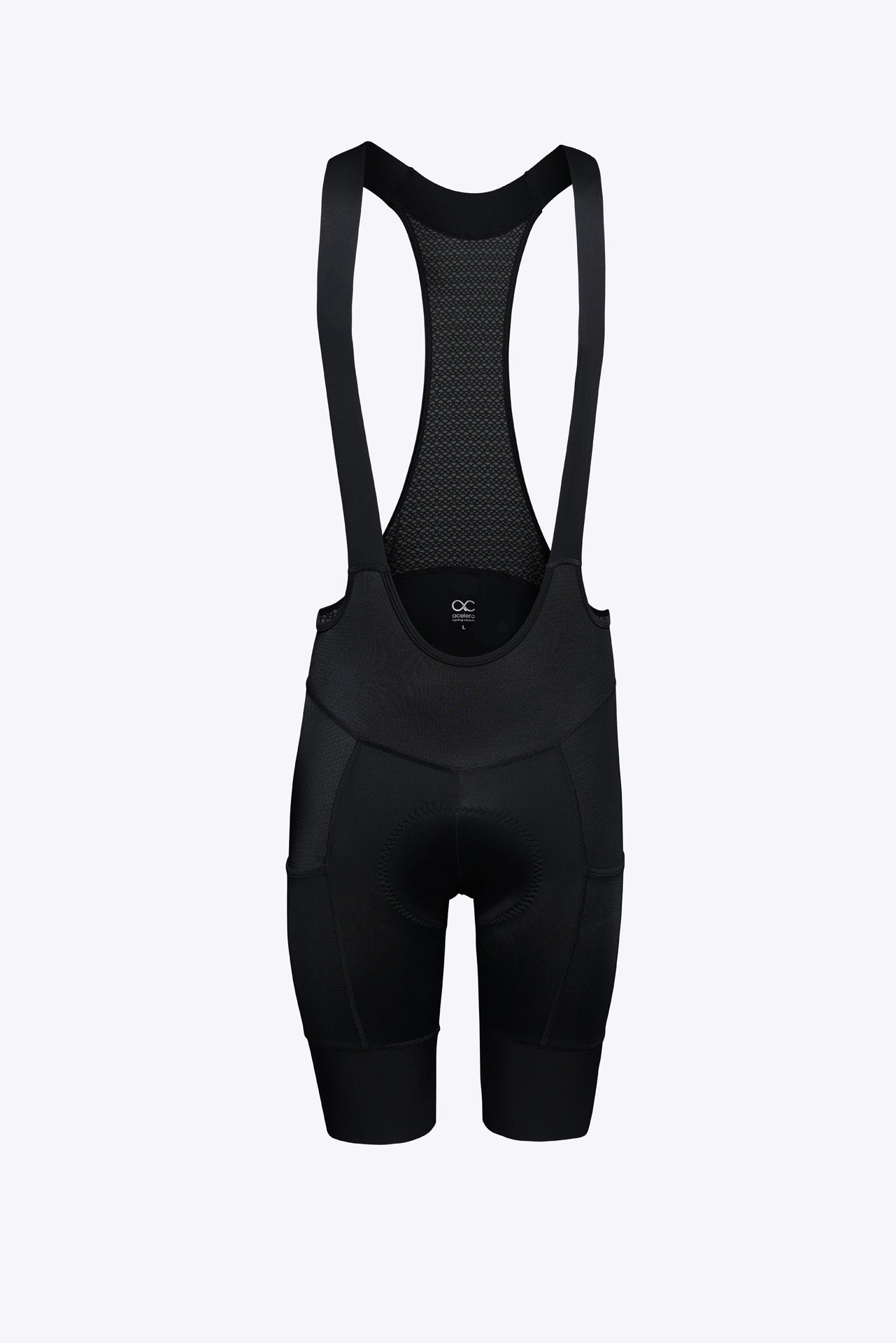
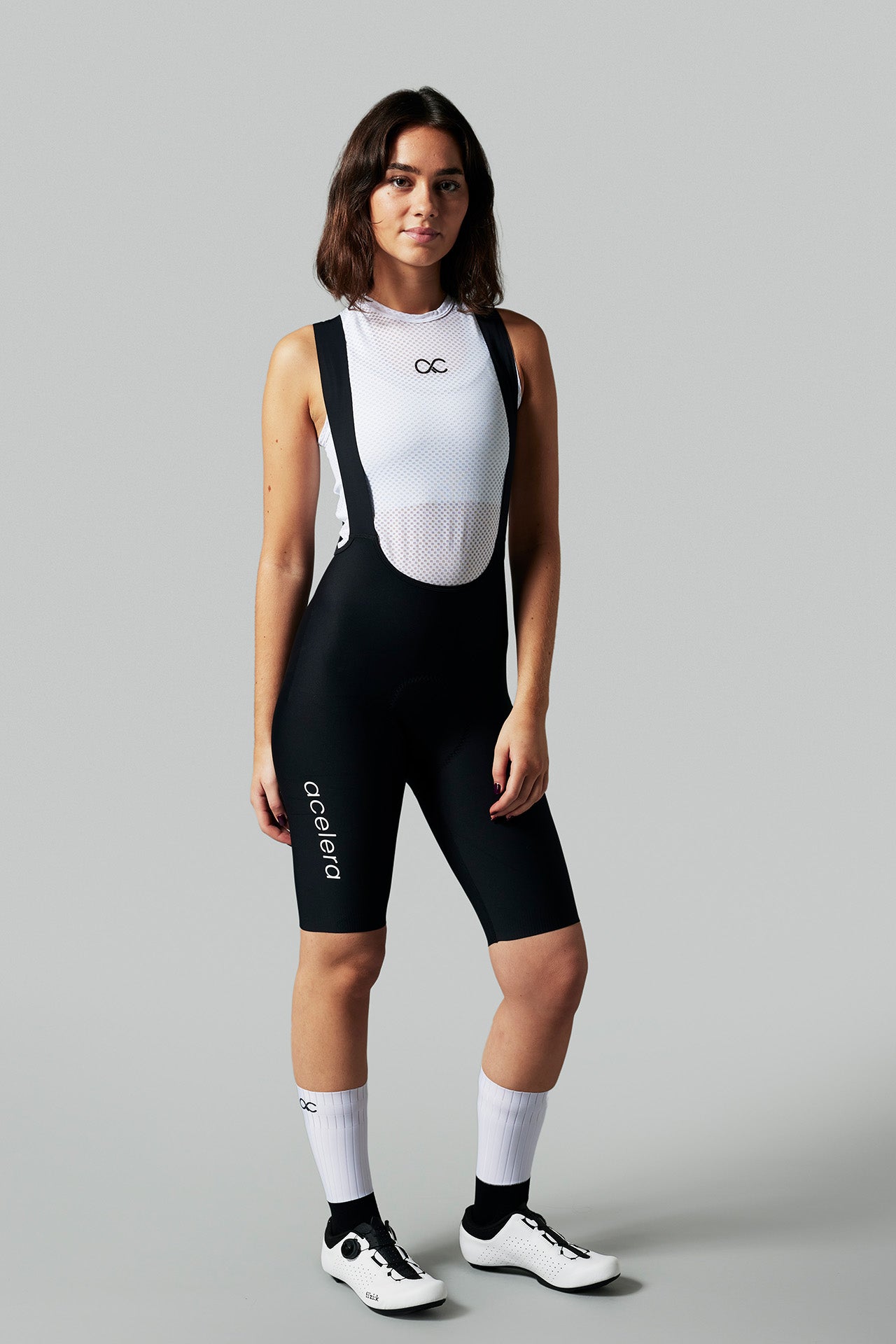
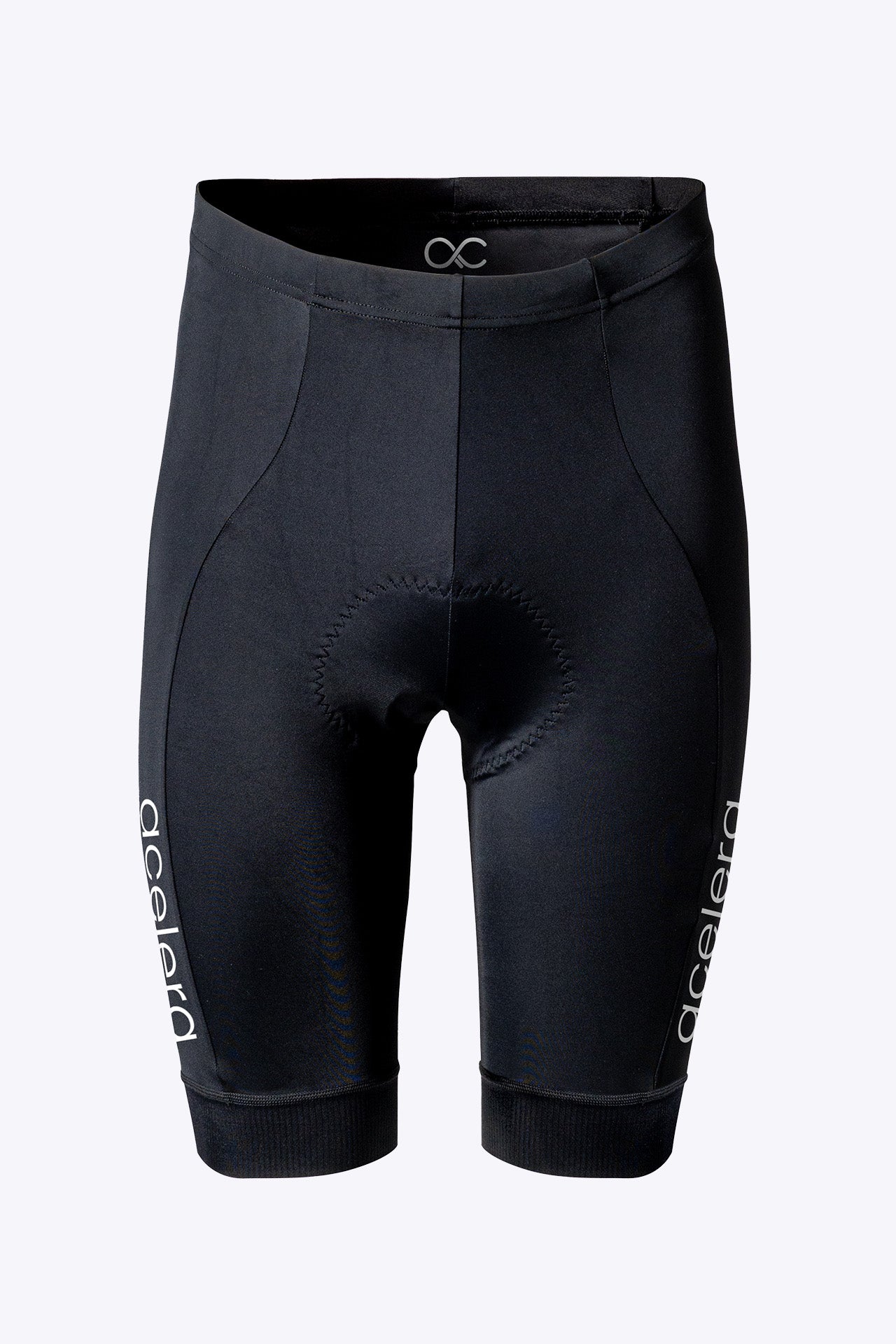


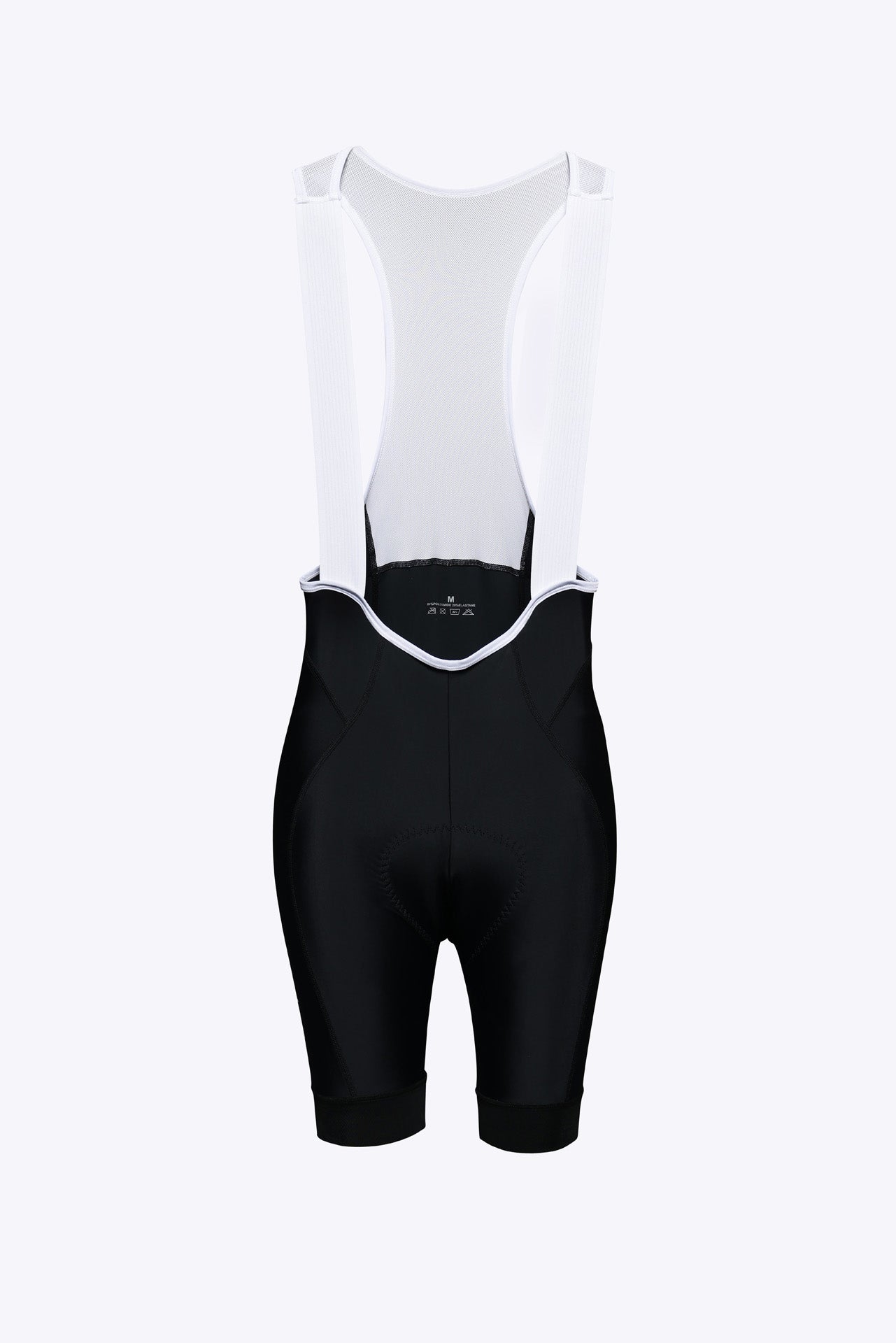
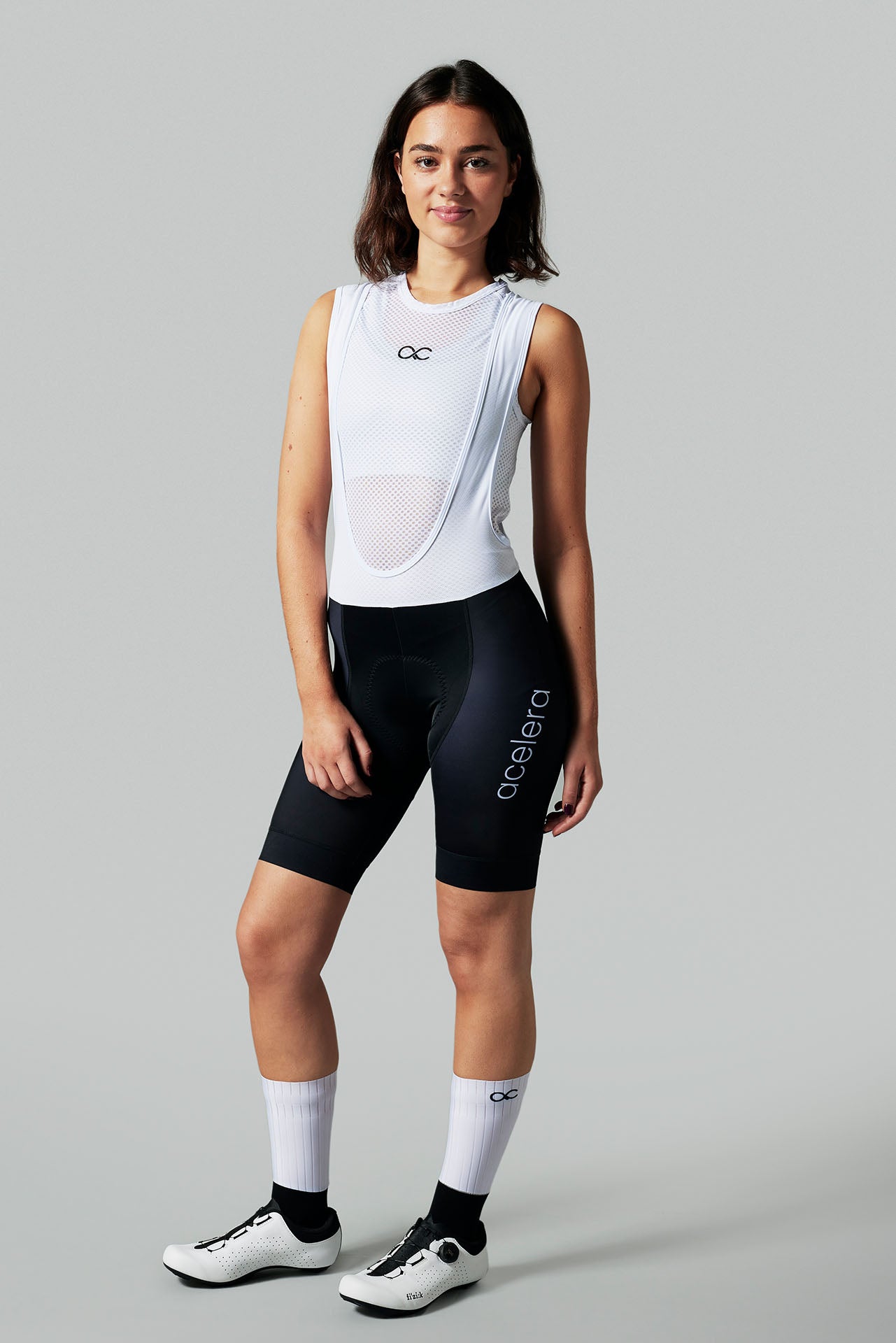

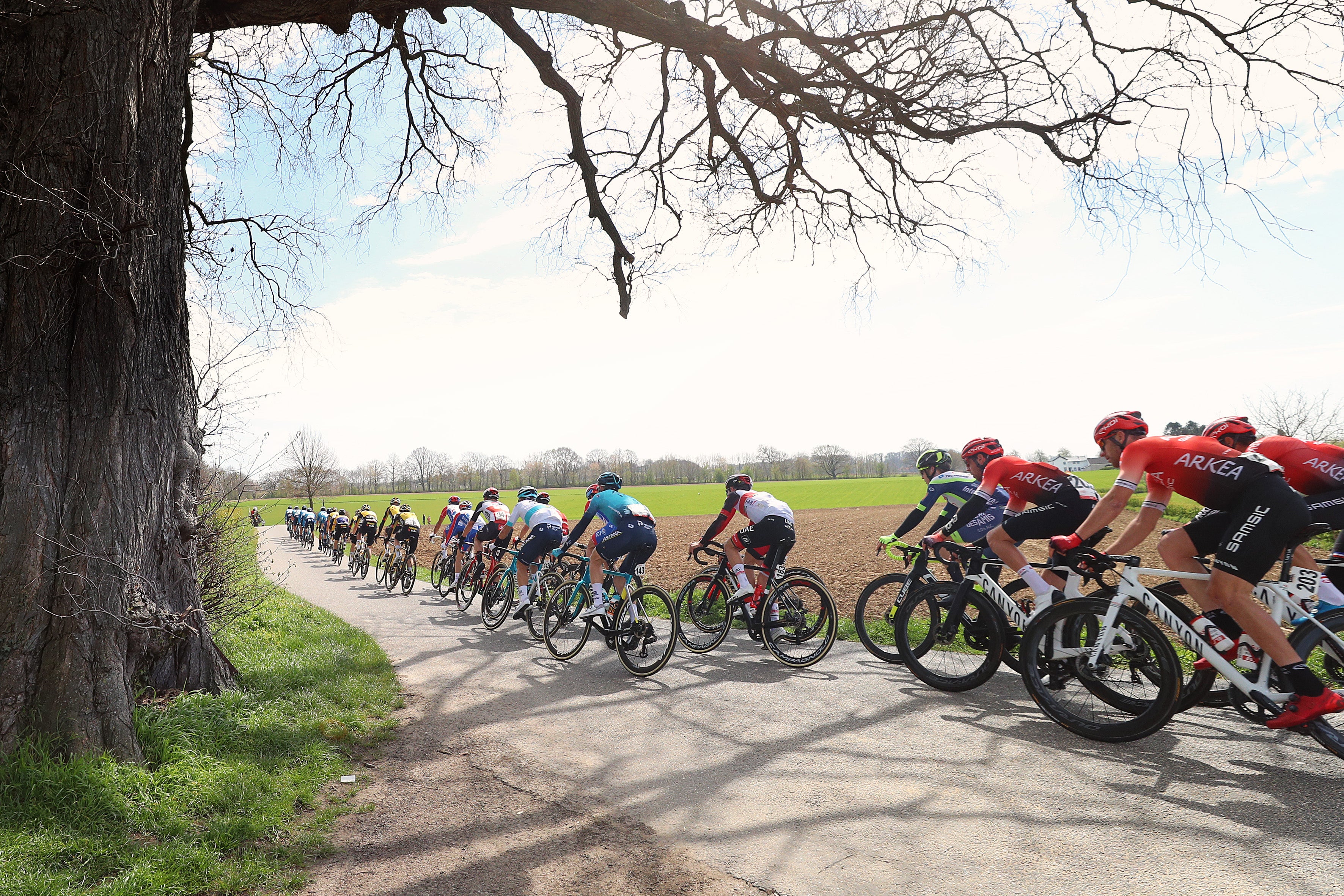
Leave a comment
This site is protected by hCaptcha and the hCaptcha Privacy Policy and Terms of Service apply.